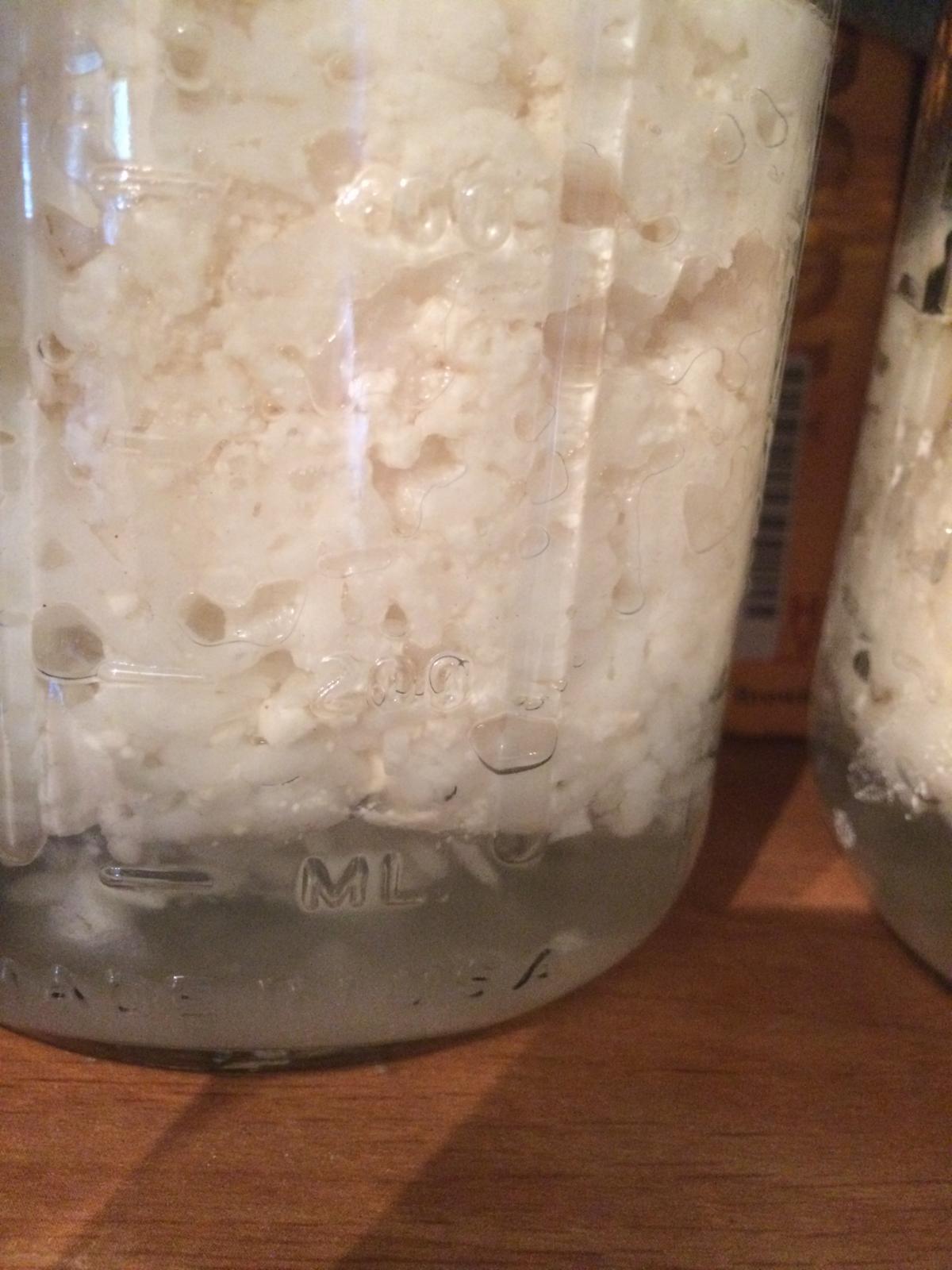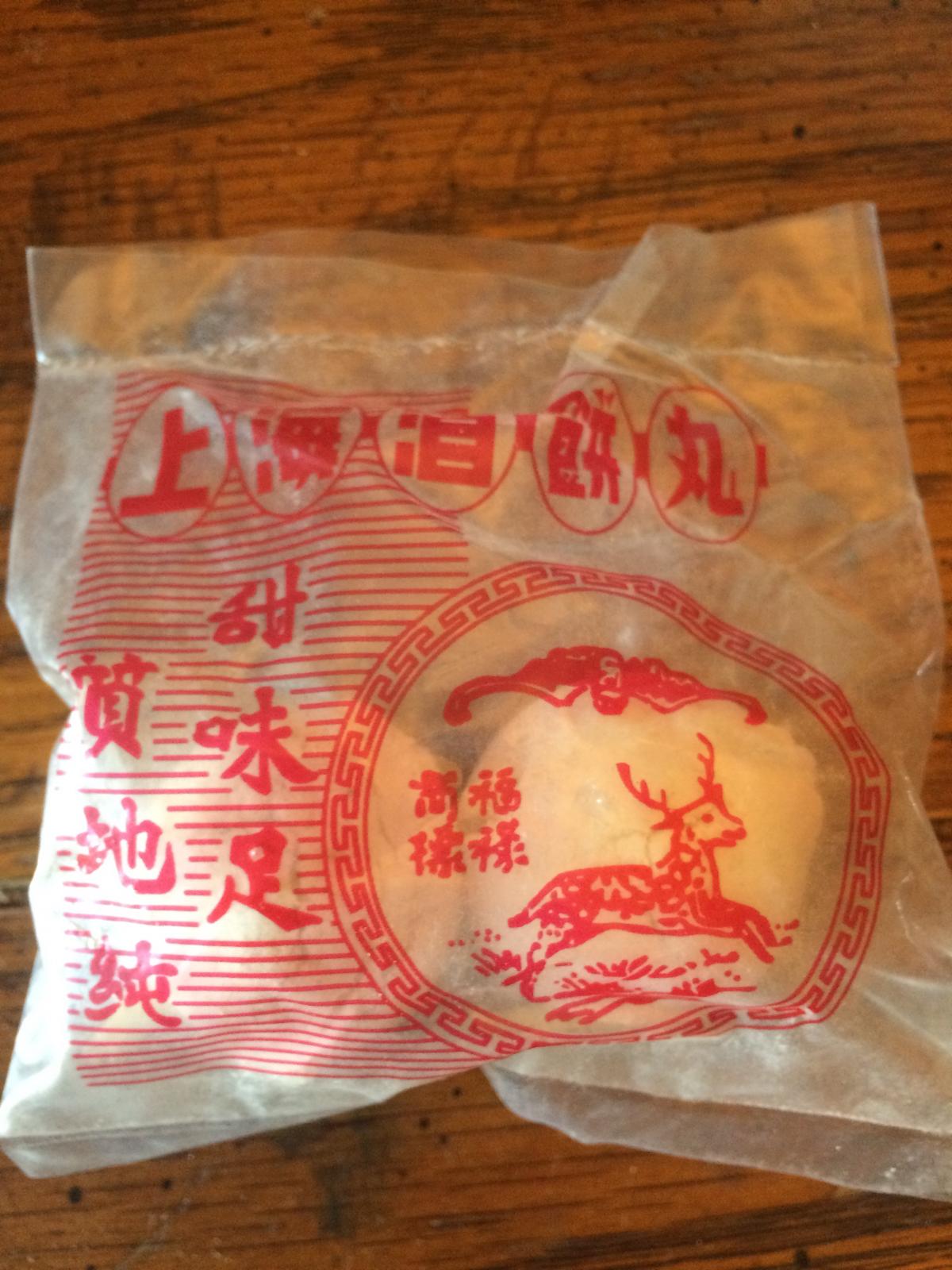eigua
Well-Known Member
Koji contains no yeast. It contains a fungus and only produces an enzyme which converts starch to sugar.
Which is why I don't understand why some posts here and websites with recipes, and even advice by a Singaporean grandmother who has been making it most of her life, said to throw out the entire batch if you get white mold growing on top. There is mold mycelium growing throughout the entire brew -- that's what's required to convert the starches to sugars. Just because some of it at the top decides to form spores shouldn't do any harm. So I'm quite confused why so many recipes I've found on the web advise throwing it away if you see mold.
One of my batches has a huge hairy dome of white mold on top and another batch is starting to show small mold hairs with tiny black specks on the ends. I see this as confirmation that the mold is doing its thing. I suppose could be wrong and there's something "bad" that happens when the mold goes to spore like off tastes or something. This is my first time making this so I will know in about 15 more days.



















































![Craft A Brew - Safale BE-256 Yeast - Fermentis - Belgian Ale Dry Yeast - For Belgian & Strong Ales - Ingredients for Home Brewing - Beer Making Supplies - [3 Pack]](https://m.media-amazon.com/images/I/51bcKEwQmWL._SL500_.jpg)






 This is some good stuff eh?
This is some good stuff eh?

